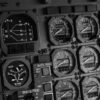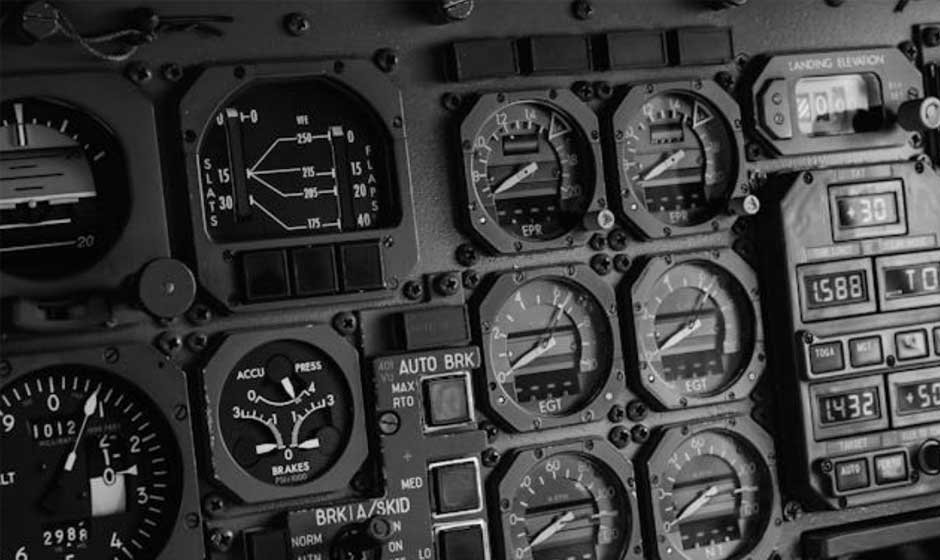The field of aviation maintenance extends beyond basic bolt tightening and wrench operation. The practice requires exact combinations of expertise and thoroughness with deep technical understanding. Aircraft maintain their flight through a combination of engines and wings, but other factors are required for sustained flight. The aircraft depend on skilled professionals who perform maintenance tasks.
The Precision of Routine Inspections
All aircraft need to complete scheduled inspections. Routine inspections require more than simple visual observation. Every part of the aircraft receives thorough examination by technicians. Technicians examine aircraft components to detect any signs of wear, corrosion, and fatigue damage. A small unnoticed crack has the potential to cause catastrophic results. The inspection process is conducted with great detail. Absolute safety stands as the primary objective instead of mere compliance.
Teams execute inspections by following precise guidelines. The procedures for each aircraft model represent a distinct set. The inspection procedures focus on resolving particular weaknesses of each aircraft type. Commercial jets need different maintenance requirements than private aircraft. The required depth of knowledge reaches extraordinary levels. The knowledge of inspection tasks alone is insufficient. Technicians need to grasp the essential purpose behind every inspection task.
The Role of Specialized Skills
Aircraft mechanics do not rely solely on experience. They train continuously. Aviation technology evolves, and they must keep up. New materials, software, and components are introduced regularly. A mechanic trained a decade ago would struggle without continuous learning.
Working on an aircraft requires more than technical ability. It demands problem-solving skills. Sometimes, an issue presents itself with no clear cause. Diagnosing it requires patience and creativity. Mechanics must think beyond the obvious. They must recognize patterns and anticipate potential failures before they occur.
The Challenge of Unexpected Repairs
Not all maintenance is planned. Sometimes, aircraft develop issues between scheduled inspections. When this happens, technicians must act fast. A grounded plane means delays and financial loss. However, speed cannot come at the cost of safety. Every repair must be done correctly.
Emergency repairs require a deep understanding of systems. A single failure can affect multiple components. Technicians must assess the entire aircraft, not just the problem at hand. They must also communicate clearly. Pilots and maintenance crews must work together to resolve issues efficiently.
Advanced Tools and Technology
Aviation maintenance is not just about manual labor. It relies heavily on advanced tools. Diagnostic equipment plays a crucial role. These tools help detect issues that are not visible. Some use ultrasonic waves to find hidden cracks. Others analyze engine performance in real time.
Modern aircraft also feature complex computer systems. These systems monitor everything from fuel efficiency to structural integrity. When something goes wrong, mechanics analyze digital readouts before making repairs. The combination of hands-on expertise and technology ensures precision.
The Responsibility of Maintenance Crews
An aircraft carries hundreds of passengers. Their lives depend on the work of maintenance crews. This is a responsibility that cannot be taken lightly. Every decision must be made with safety in mind. There is no room for shortcuts or guesswork.
Regulations exist to ensure high standards. Mechanics must follow strict protocols. They document every repair and inspection. This ensures accountability. If a problem arises later, the records help determine what went wrong.
Adapting to Changing Conditions
Aircraft operate in diverse environments. Some fly through extreme heat. Others endure freezing temperatures. These conditions affect different parts of the aircraft. Mechanics must anticipate how materials will react. They must know how to prevent damage caused by these conditions.
Aviation maintenance is not a job that allows for routine thinking. Each day brings a new set of challenges. Weather, flight schedules, and unforeseen malfunctions all play a role. A mechanic must be prepared for anything.
The Power Behind Flight: Maintenance and Batteries
Passengers often admire pilots. They are the face of aviation. But behind every flight is a team of skilled mechanics. They work behind the scenes, ensuring each takeoff and landing is safe. Their work goes unnoticed when everything runs smoothly. Yet, without them, air travel would not be possible. Aviation maintenance is a profession built on precision, dedication, and responsibility. It is not just about fixing machines. One crucial aspect of maintenance is sourcing the right parts. Some components are highly specialized. Finding reliable replacements requires expertise. For example, aircraft batteries like the g-246 play a vital role in powering critical systems. Ensuring they meet exact specifications is essential for safety. Using substandard parts is not an option. Every replacement must be tested and approved before installation.
Conclusion
Aviation maintenance is more than a technical job. It is a responsibility. Every task, from inspections to emergency repairs, carries weight. The mechanics behind aviation are not just skilled workers. They are guardians of safety. Their work ensures that aircraft remain reliable, flight after flight. Without them, the aviation industry could not function.









